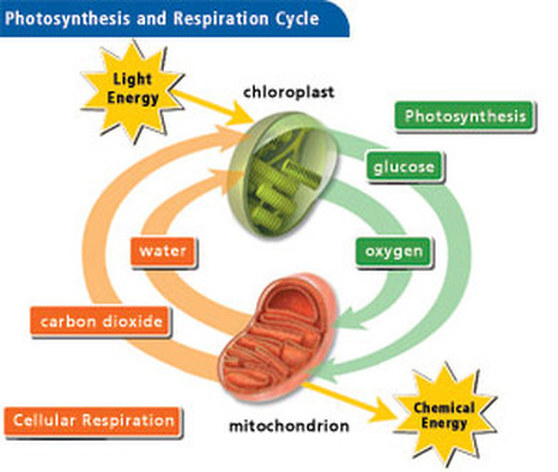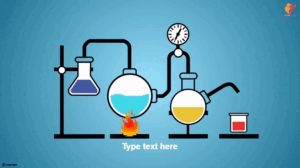RESPIRATION

Respiration is a process by which cells release energy from food through oxidization. Respiration can take place with or without oxygen.
With oxygen, it is called aerobic respiration
Without oxygen, it is called anaerobic respiration

Cells mainly use carbohydrates, glucose, fructose, and fats for the release of energy. Respiration is very important as without it cells would not have the energy they need to grow, divide and repair.
Anaerobic respiration can take place in muscle cells when there is a shortage of oxygen. This causes a buildup of lactic acid in the muscles. A build-up of lactic acid is what causes the burning sensation we feel when we exercise.
Anaerobic respiration is the principle behind fermentation. This process represents the fermentation process in yeast fermentation.
C6H12O6 → 2C2H5OH + 2CO2 +2ATP(energy)
Glucose ethanol + carbon dioxide
Fermentation is also used to produce alcohol.
ATP- ADENOSINE TRIPHOSPHATE
Respiration results in the creation of ATP (Adenosine Triphosphate) through a process known as the Krebs cycle. This process takes place on the membranes of the mitochondrion (the powerhouse of cells).
Adenosine Triphosphate is the form of energy used by the body. It provides cells with the energy needed to carry out their functions. When there is an excess of ATP then it is stored in the mitochondria to be used needed.




